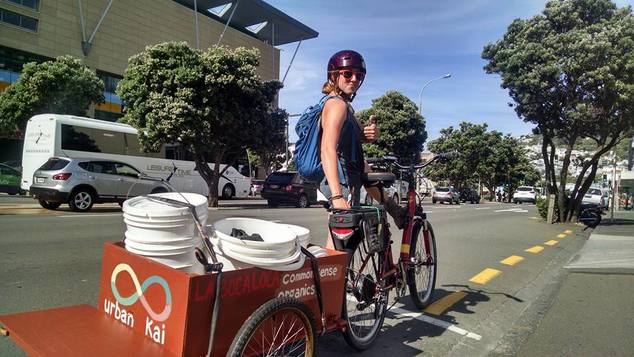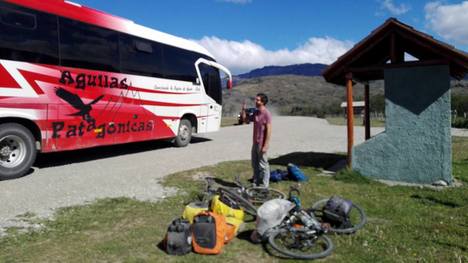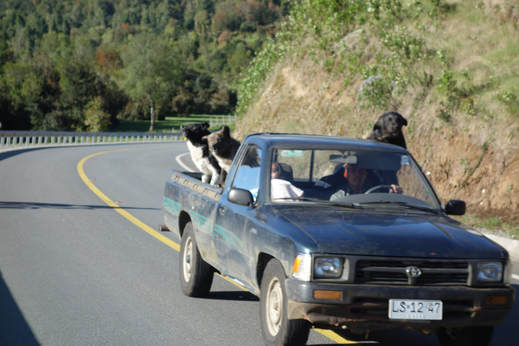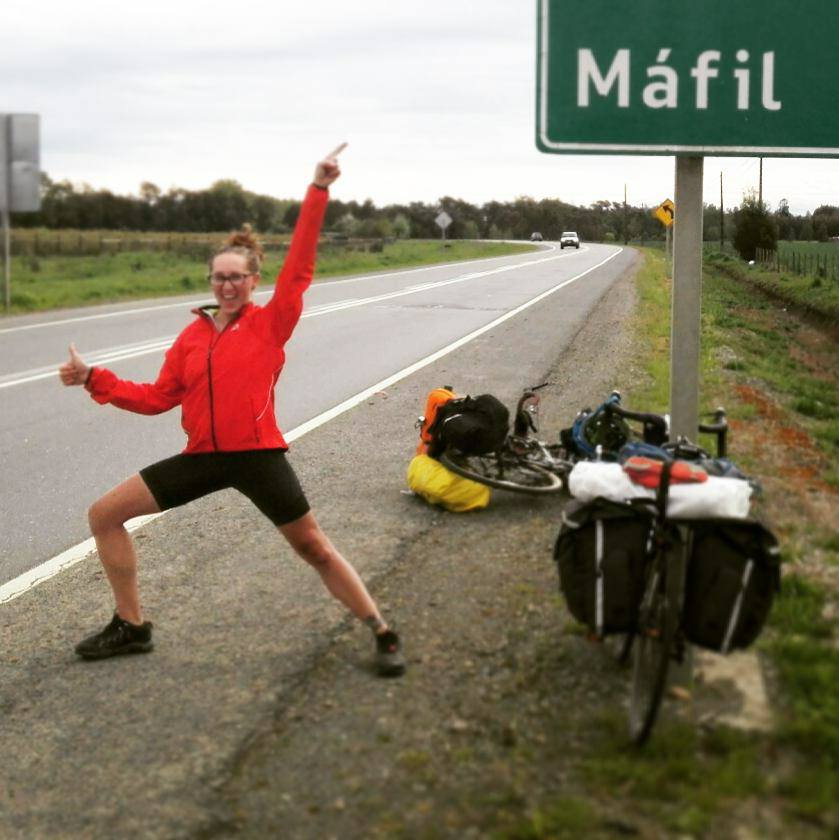|
If you only read the beginning of this post, this should be your take away: Always smile and wave at drivers. ...No matter how you feel about them. It’s the best way to stay safe, be seen and gain respect. Even in a situation where someone turns their car in front of you and nearly kills you. Yes! Waving is still the best response. Many people respond to threats with anger and more than that, anger can be an automatic response and you don’t want someone impulsively responding with horsepower and their bumper. So next time you’re riding a bike and you have doubts about someone’s intentions behind the wheel, SMILE and WAVE. Not convinced? Great, keep reading! Why do drivers hate cyclists?A lot of the people in cars who hate people on bikes think of these bike riding folks as "cyclists" or "bikers," not humans. Bikers weave in traffic, roll through stop signs and flick off drivers. Bikers suck! Cyclists slow down cars, and they put everyone in danger with their erratic riding. When you lump a group of people together, you build stereotypes that can affect your judgment of them. There’s a difference between the group that we think of as bikers and each person riding a bike. What if bikers were actually individuals with whom we are sharing the road? That’s a person commuting to work in 95 degree heat…that’s a man riding with his daughter…that’s three women in matching colors out for a 30 mile training ride. Changing the language, seeing people rather than groups, is just one step towards clearing away the animosity (on both sides!) In recent years there has been a push for “people-first language.” This means acknowledging the person and not the quality or the act that defines them. The common example is saying, “a person who is disabled” rather than “a disabled person.” There’s a great article from City Lab about seeing all the people on the road as people first. It makes it easier to care about someone’s well-being when you recognize them as a human and not a spandex clad fashion faux-pas in your rear view mirror. Why getting angry doesn’t work for people on bikes...I almost got hit by a person driving a car while riding my bike in LA. When I screamed at the driver, he screamed back and revved his engine. Maybe your story is that they cut you off, so you flicked them off and then they responded with the same gesture. They drive off in a huff and you’re left in their dust thinking, “WTFmate?! I’m the one who nearly died!” Let’s look into that. A few months ago I was visiting my cousin, who has a toddler now. Back then the wee one was still very much a baby. She had just learned to walk and babble. My cousin’s husband was away for work, and he missed his daughter, so they began a routine of Facetiming every night before she went to bed. During these calls my little baby cousin turned into a tiny adult. She’d pick up the phone when she saw her dad’s face and begin babbling as she absentmindedly wandered around the room. Although she wasn’t saying real words she had the inflection and the movements down. It was adorable. This is absolutely something that she saw her mom doing and chose to imitate. And isn’t that exactly how we learn? Even as adults we imitate people that we look up to, or people that we spend a significant amount of time with. When I lived in North Carolina for a year I developed a little twang in my speech and the occasional “y’all” and “ap/ah/lah/cha” would spill out, much to the dismay of my northern friends. Imitation is one part of what makes people in cars flick you off when they are at fault. We take cues from each other. The way that laugh tracks on tv shows get us to laugh. Or the way that someone crinkling their nose and indicating an awful smell makes you respond by screwing up your face in disgust. When someone acts out with anger, the immediate response is often to do the same. “What the f*** man? You cut me off!” is met with, “F*** you! You came out of nowhere!” Thankfully the opposite is true! And I’ve tested it, every time I ride my bike… I learned to wave and smile at drivers from a friend in New Zealand who teaches safe city riding classes. The way she explains it, waving is one way that we greet each other. It’s a kind act and it often gets a kind response: “Uh…do I know that person? They waved…” “I must know them!” “Is that my auntie/brother/high school science teacher?” “Are they waving at me?” “Oh! Hello!” I’ve had drivers say “thank you” to me, when they are the one that is waiting at a stop sign for me to cross the street. I’ve had people politely say, “oh sorry! I didn’t see you there, are you ok?” when they nearly cut me off and then noticed me waving. My favorite is the silent nod of acknowledgement. I get this most often as I bike past someone coming out of a driveway. I always wave (because eye contact is something you imagine, but most times people don’t really lock eyes with you through their windshield). The chin dip/head nod in response to my wave is an obvious indication that they have seen me and they are waiting for me to ride by before they move out. So that’s imitation. You set an example and usually people will follow suit. Even if you’re scared, push down that anger, and wave instead. I have a friend who said they were nearly hit by a car and they rode up to the car at the next intersection, politely indicated for the person in the car to roll down their window and then calmly said, “hey, that was scary, your car almost hit me back there.” Apparently the person imitated my friend’s attitude of shock and calm and replied with “oh my gosh, I’m so sorry! Are you ok? I’m really sorry!” Fear response, it's not logical, but we all get.The other response that you get from people in cars is a flight or fight response, much like the one that makes you freak out and flick people off. This is going to be the cliff notes of neuroscience and psychology 101. When people perceive a threat their body pumps out hormones, pushing them into fight or flight mode. Anger is one response to fear.
The next action can happen almost with out thinking. Your response from the saddle may be rational. You almost got hit by a car! You’re scared…but you’re alive, so now you’re mad and your hormones are getting you amped up. You were scared for you life a moment ago, now you have an access of adrenaline. When you pour out that fear in the form of some nasty words and a middle finger, other people see that as a threat. They start fearing for their own life. Even if it seems ridiculous. You’re on a bike, how can a person in a care be scared of you? But fear response is no logical, it’s how we are programmed. Someone comes at you screaming and shouting, shaking their hands, the first thought is, “they’re trying to harm me!” A lot of times feelings overtake reason. So now you’ve got someone in a car who feels threatened and it’s easier to respond with more aggression and anger. The SMILE AND WAVE is all about deescalating conflict and keeping people calm. It keeps you safe and maybe it’ll give you a chance to change someone’s perception of “cyclists.” Maybe it will give you the chance to be that person who can knock on someone’s window and help them see that their driving put you in danger.
1 Comment
|
Vie CyclingStories from the road and bike shops en route. Author: Sylvie FroncekI've ridden thousands of miles, led group bike tours, taught maintenance classes and started bike collectives, all in an attempt to share what I love with great people. Read about my adventures and tell me about yours! CategoriesArchives
March 2024
|




 RSS Feed
RSS Feed